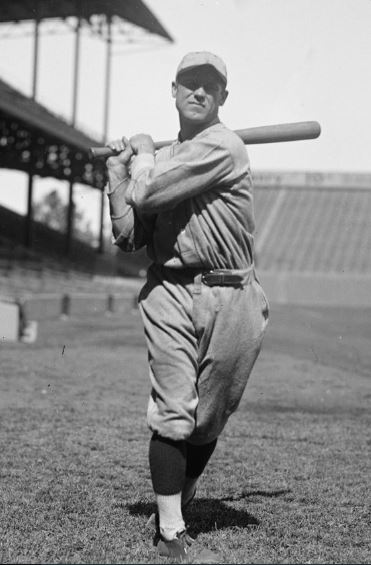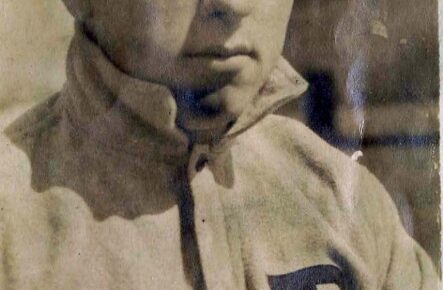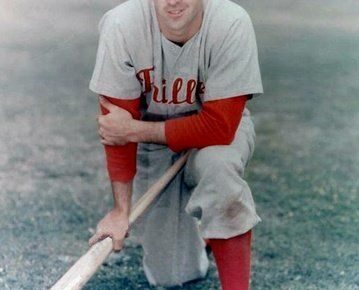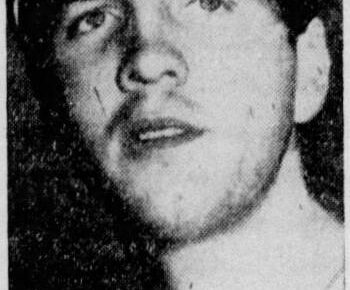Long before his 1922 season as the American League Most Valuable Player playing first base for the St. Louis Browns George Sisler spent time as a two-way player. Well, he spent one season as a dedicated two-way player and followed that year up with sporadic pitching appearances until 1928. But, for one year the Browns thought had the right player to give them ultimate positional flexibility.
In 1915 Sisler saw significant time on the mound and in the field. He pitched in 15 games, played first base in another 38, and saw action in center field, left field, and right field in 8, 6, and 15 games respectively. The Browns’ manager, Branch Rickey, certainly thought of Sisler as a two-way player and that is how he employed his young soon-to-be star. Of course, seeing as how 1915 was Sisler’s rookie year it was the perfect time for the Browns to experiment with the idea of him as a two-way player.
As a left-handed hurler, Sisler started 8 games and appeared in relief in 9 more. He compiled a 2.83 ERA and over 70 innings managed 3 complete games. His FIP was a respectable 3.04 and his ERA+ a smidge above average at 101. On the surface, it appeared that Sisler had the goods as a pitcher, but in reality, he struggled with command and allowing too much contact. His WHIP of 1.429 makes sense when his BB/9 of 4.9 and H/9 of 8.0 are taken into account.
In the field, Sisler ended up being on par with his pitching, results wise. He slashed .285/.307/.369, good for an OPS+ of 106. He stole 10 bases but was caught stealing 9 times. He displayed little power, but that was in line with the era, and also in tune with said era was his ability to only get on base via the hit. Across the board, Sisler broke even on offense, but that’s not really what the Browns had been hoping for.
Sisler’s total rWAR in 1915 was 1.1, and that is a net positive. The problem is that Sisler’s lack of focus in one area was hurting him. When Rickey was replaced in 1916 by Fielder Jones the Browns turned Sisler into their primary first baseman. He only pitched in 3 games that year, then 2 in 1918, and finally 1 game apiece in 1920, 1925, 1926, and 1928. After one year the two-way experiment was over for Sisler, and it was the right call. He would go on to win two batting titles and end with a career slash line of .340/.379/.468 and an OPS+ of 125. His career rWAR of 56.3 is only made up of 2.4 from the pitching side of the ledger.
Alas, the Browns were wrong about Gentleman George’s two-way prowess. But, all in all, I think they made out just fine with 11 impressive years from the future member of the National Baseball Hall of Fame. It’s telling that even in his Minor League Baseball appearances near the end of his career Sisler didn’t pitch an inning. A hitter through and through, George Sisler can be filed into the category of two-way players who gave up trying to play both ways at the exact right time.
Lead photo courtesy of Unknown – Library of Congress




